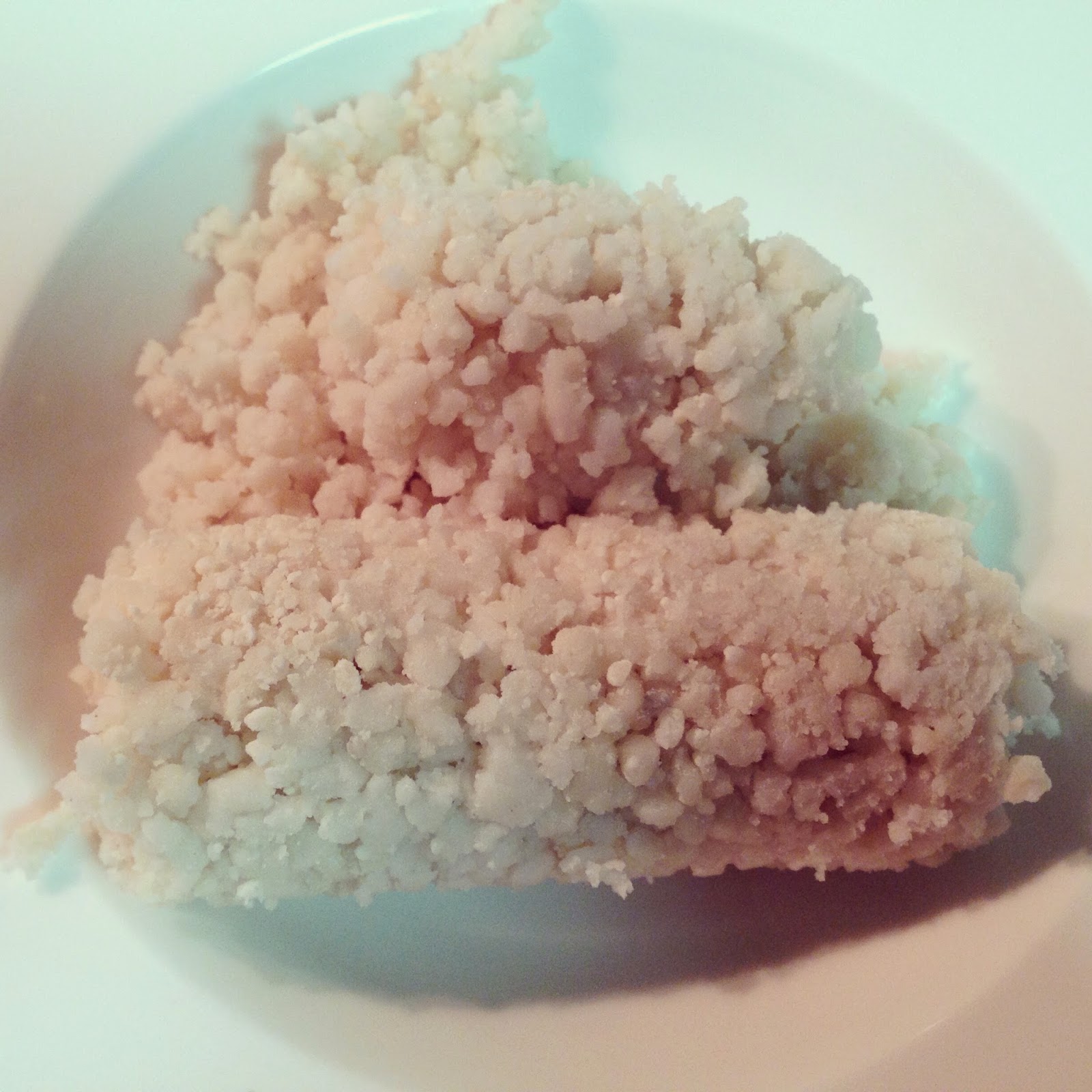Mani Pittu, as it’s called back in Sri Lanka, has always been my absolute favourite type of pittu. I can eat it any time of the day… breakfast, lunch or dinner. For me, it goes best with a spicy chicken curry, but Mani Pittu can also be eaten with coconut milk, any kind of curry or for a sweeter version, sugar.
Mani Pittu belongs to the Pittu family, but unlike the easier versions, making it is quite a tedious process, though yet, very different and interesting.
Until I came to Dubai, I never actually knew how Mani Pittu was made. One day while researching different recipes to try, I stumbled upon a video on YouTube by a Sri Lankan lady (TheCulinaryCorner). This inspired me to research further.
 What I found was that, traditionally, Mani Pittu is made using a special mould, but when done at home, everyone recommended using a normal Stringhopper maker (Idiyappam maker), which luckily I found at my local supermarket.
What I found was that, traditionally, Mani Pittu is made using a special mould, but when done at home, everyone recommended using a normal Stringhopper maker (Idiyappam maker), which luckily I found at my local supermarket.
In South India, Kerala to be specific, Mani Pittu or Puttu as they call it, is made slightly differently. Water and salt are boiled together in a pan. Then the heat is switched off and the rice flour immediately stirred into this liquid, until the dough forms the right consistency. This dough is separated into oval shaped balls, which are placed individually in the Stringhopper Maker. For my recipe below I followed the Sri Lankan method, but I am going to try the Indian one soon.
So here goes… I know the process may seem a bit long, but trust me, if you love this dish as much as I do, it’s well worth the effort. I hope you enjoy it as much as I do!
Add salt to the rice flour. Then keep adding warm water and mixing it, until it reaches a semi-hard consistency. It should not be too soft or too hard.
Make ovel shaped dough balles.
Place it one by one in a stringhopper maker.
Squeeze on to a plate that has rice flour on it. After each squeeze, sprinkle a bit of rice flour so that the strings or noodles of dough do not stick to each other.
Place it in a sieve or any vessel which has holes to remove the excess flour.
Keep the pittu mixture and the fresh, grated coconut ready.
Transfer the mixture into a steaming pittu maker. Alternate it with coconut gratings. Close it and steam for about 5 to 6 minutes.
Enjoy it with your favourite curry or fresh coconut milk. For a sweeter version, try it with some sugar, honey or jaggery.












Comments
Post a Comment